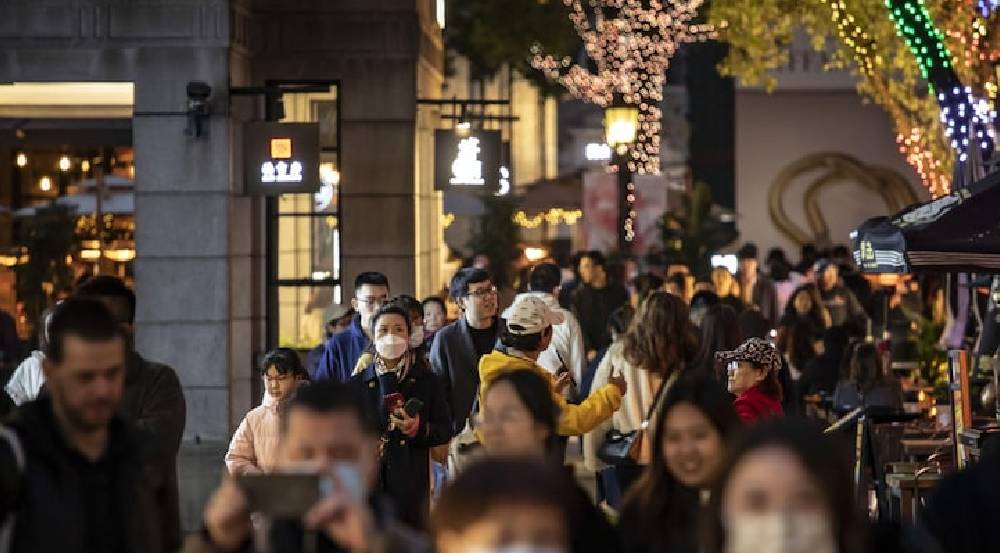
China’s economy is currently facing a significant threat of deflation, as indicated by the country’s consumer inflation rate which remained flat in June. This stagnation, coupled with a further decline in factory-gate prices, has sparked concerns about potential economic stimulus measures. The Consumer Price Index (CPI) was unchanged from the previous year, marking the weakest rate since February 2021 when falling pork costs negatively impacted the index.
Core inflation, which excludes volatile food and energy costs, also slowed down to 0.4% from 0.6%. Meanwhile, producer prices fell by 5.4% from the previous year, the steepest drop since December 2015. These indicators suggest that China’s economic recovery is losing momentum, with the looming threat of deflation undermining confidence and fueling speculation about possible stimulus measures to bolster the economy.
The producer price deflation can be attributed to prolonged decreases in international commodity prices, particularly oil and coal. This situation is reminiscent of the brief period of deflation experienced by China in early 2021, and the more prolonged consumer price deflation in 2009 during the global financial crisis. In response to the 2009 crisis, Beijing introduced a substantial stimulus package focused on infrastructure and industry upgrades. However, this led to an increase in local government debt.
Current measures to support the economy have been relatively limited. The central bank has only slightly reduced a key policy interest rate, and the government has extended tax breaks for electric car buyers. There is a consensus among economists that any new stimulus measures will be targeted, comprehensive, and well-coordinated, rather than being massive in size.
The Chinese government is now urged to shift its focus from supply-side policies to measures addressing demand issues. Despite long-standing support for companies through targeted lending tools, officials have often avoided policies intended to directly help consumers, such as subsidies. This approach may need to change as China grapples with excess supply and a potential “deflation-recession loop.”
Today’s economic data certainly advocates for more policy easing. Producers are already struggling with lower commodity prices and weak demand both domestically and internationally. If consumers and businesses continue to withhold spending or investment in anticipation of further price drops, it could trigger a self-perpetuating cycle of decreasing prices.
In the midst of these economic challenges, the Hang Seng China Enterprises Index advanced 0.7%, driven by tech stocks as investors anticipate normalization in the nation’s regulatory environment. The CSI 300 gauge of mainland shares rose 0.5%, following three weeks of drops.
One of the key factors contributing to the stagnation of consumer prices last month was the fall in pork prices, a staple in the Chinese diet. The cost of pork fell 7.2% in June from a year earlier, a more significant decrease than May’s 3.2% drop. In response, the government has announced plans to buy more pork for state reserves to stimulate demand.
As China teeters on the brink of deflation, the urgency for economic stimulus becomes increasingly apparent. The country’s policymakers are tasked with the challenge of balancing economic structural adjustment and risk prevention while ensuring stable, high-quality growth.













